If you like antiques, you've probably seen wooden furniture or objects decorated with flowers, scenes from everyday life or geometric patterns in antique shops. Although not in relief, they look very real. They are very well made and make the object much more appreciated and attractive. If you look closely at the designs, you can see that they are part of the surface of the object, not applied or drawn on top. The method of making them is called inlay, an ancient art of decorating wood and wooden objects. Find out what intarsia is, when it appeared and how it is made below.
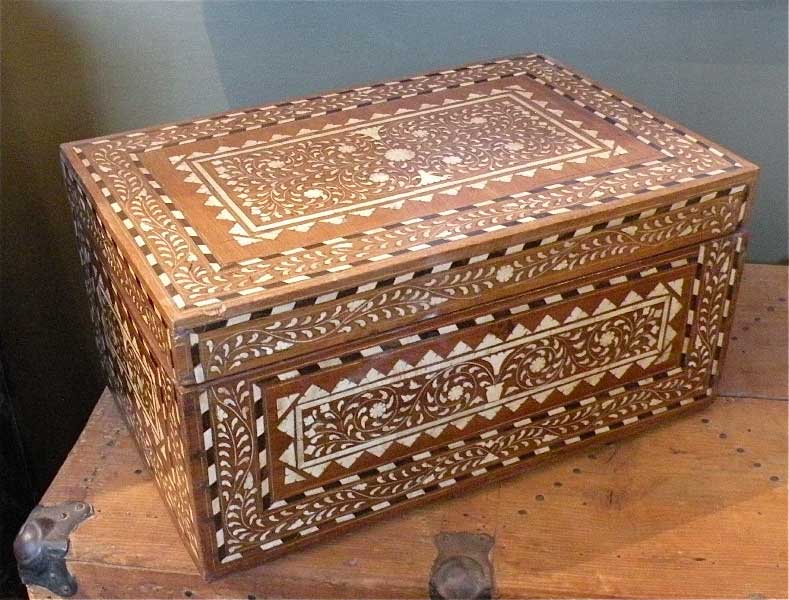
What is intarsia
We usually associate intarsia with wood, but the method is not limited to wood. According to the DEX, intarsia is a technique of ornamenting furniture and other objects by inlaying into the wood inlaid plaques and/or strips of bone, ivory, mother-of-pearl or other colored wood. The word comes from the Latin - interserere - and means to insert.
In the English-language literature, what we identify as intarsia we find as marquetry or inlay. Searching by the word intarsia we get different images than we would expect. We will discover 3D figures or images constructed from several large pieces of wood of different species, sometimes colored.
Between the two terms - inlay (to interleave, to crust) and marquetry (inlay) there are differences, however. Inlay (inlay) refers to the creation of an inlay in wood that involves cutting out the base wood, filling the cut-out with the new material and finishing the surface so that it is smooth and even. Looking at it this way, even inserting a butterfly (bow tie) into the surface of a table top for decoration or to stop a crack in the wood can be called inlaying. But inlaying can also be used to make very fine designs with materials such as brass, mother-of-pearl, ivory and exotic veneers, real works of art.
Marquetry is the art of cutting out several shapes from thin (aesthetic) veneer of different essences and colors, sometimes of other materials (brass, mother-of-pearl), then assembling them into a final image that is placed on the surface of the object we want to decorate.
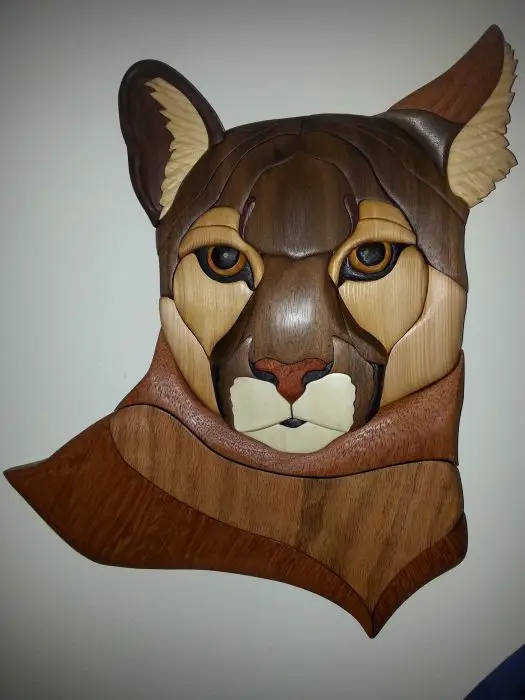
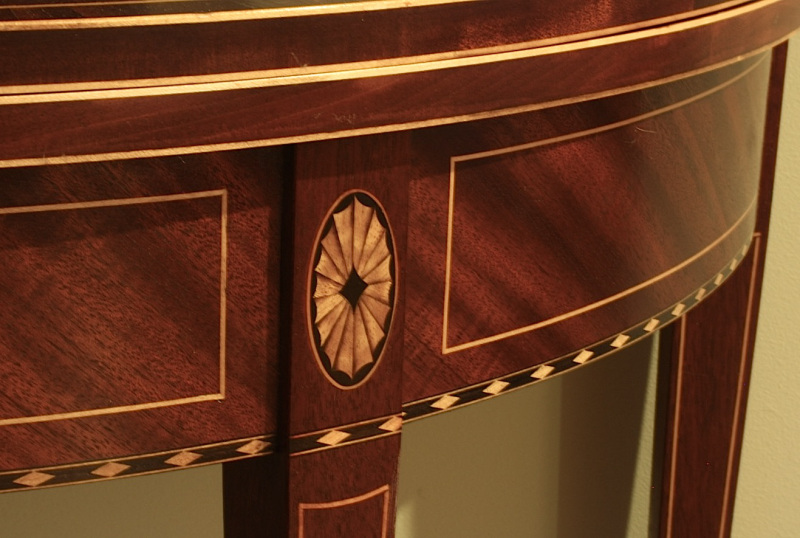
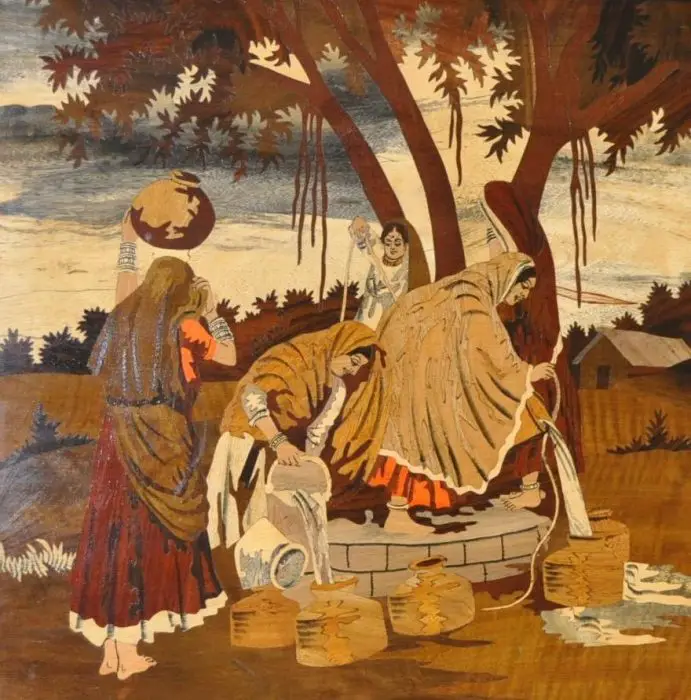
An art known for almost 5000 years
Wooden objects with inlays are mentioned since ancient times. The oldest object mentioned dates from 2600 BC and was discovered in the city of Ur in Mesopotamia. In Homer's Odyssey there is a fragment in which Ulysses speaks of Penelope's bed, saying that it is made with inlaid gold, silver and ivory. In ancient Egypt, the pharaohs had wooden objects inlaid with gold, silver and patterns made from different types of wood.
The art of intarsia reached Europe via the south, Sicily and Andalusia, coming from North Africa. The earliest records of the craft are from Sienna, Italy, where inlaid church furnishings have been found as early as the 11th century. The heyday of the technique began with the Italian Renaissance and peaked in the 17th and 18th centuries, when it was extensively used to decorate furniture and woodwork in Versailles and other famous palaces in France, Germany and England.
A prominent representative of this art was Andre Charles Boulle (1642-1732), a French cabinetmaker considered a true revolutionary in the field. Boulle studied the cultural adaptations of inlay, combining them into a unique furniture inlay. His method influenced furniture decoration in palaces for centuries.
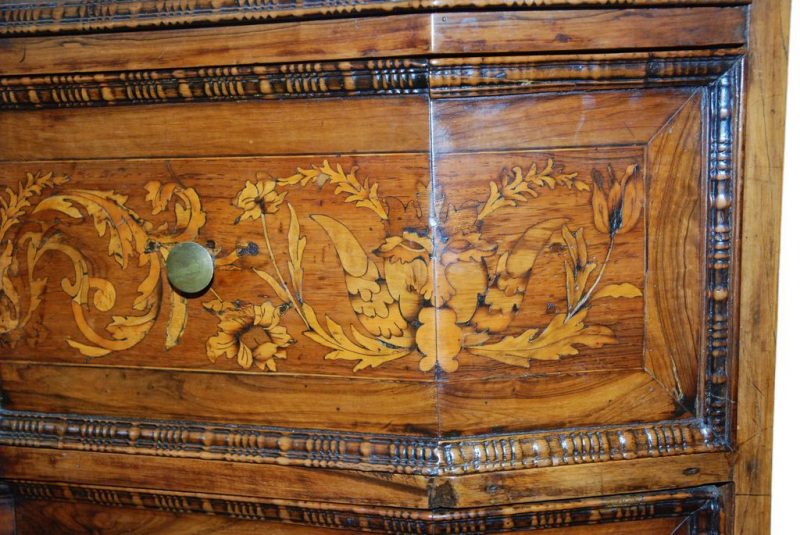
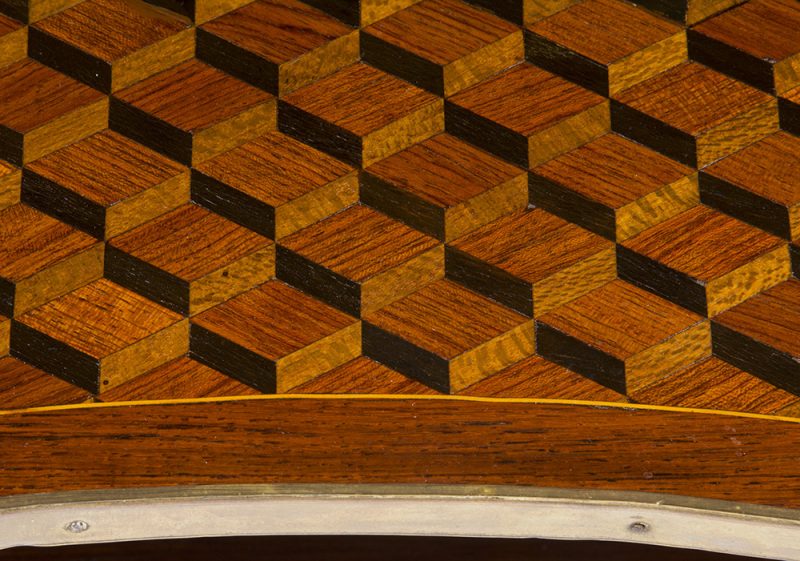
What is important when making an inlay
The wood veneers used must be straight-grained, resistant to expansion and contraction, and easy to cut so as not to chip. The pattern is formed by the different color and appearance of the wood species. The most commonly used are maple veneers, oak, mahon, palisander, nuc, frasin, chestnut, chestnut, venge, ebony and other exotic species. Combining the colors of these species creates bouquets of flowers, animals, geometric patterns or even scenes from everyday life.
The tools used to cut the veneers need to be very fine and sharp, and the craftsman needs to master the technique very well to achieve straight edges that blend harmoniously. If you venture out to make such veneer decorations you will also need pattern templates, pattern mounting paper, glue.
This technique can be used to decorate the surface of pieces of furniture, music or jewelry boxes, parquet floors (called parquetry) or panels decorating ceilings and walls.

Intarsia, yesterday and today
In the past, marquetry was done entirely by hand, from cutting the wood, to assembling, sanding and varnishing. Now, with all the modern tools and machinery, inlaying has become much simpler, with laser and CNC (computer numerically controlled) machines making the fine cuts.
As an art of great finesse, which has always needed skilled and talented craftsmen and time to make the intricate patterns, after 1900 intarsia was rarely used and only for special and expensive objects. Modern techniques have revived the art. Many designs (strings, flowers, birds) can be bought ready-made. There are also stencils for hobbyists that can be used to create their designs.
Now the most famous center for inlaid furniture is in Italy, in Sorrento, near Naples. Here they make true works of art, known and recognized all over the world.
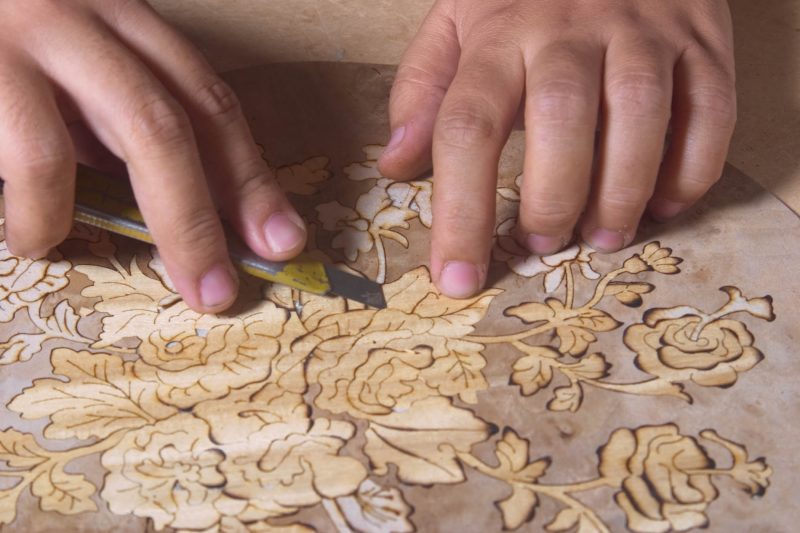
I hope you find the above information useful. As always, additions are welcome. And if you have any questions or queries, please leave them below in the space provided. I will be sure to reply.


























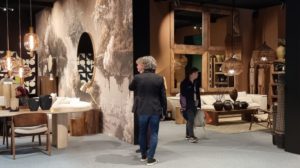
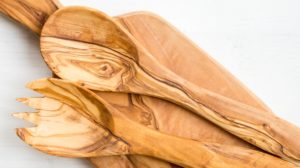




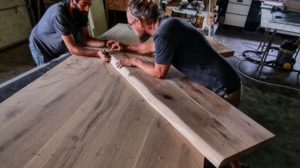



Add comment